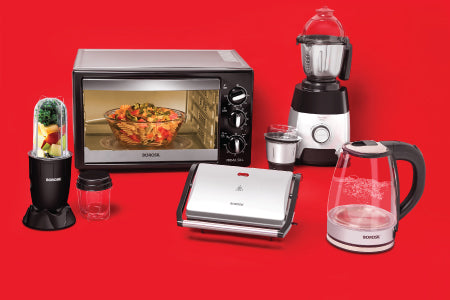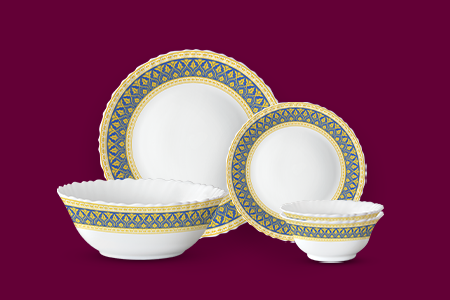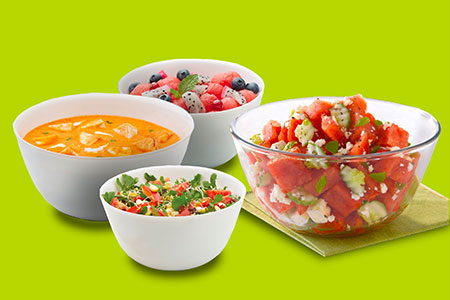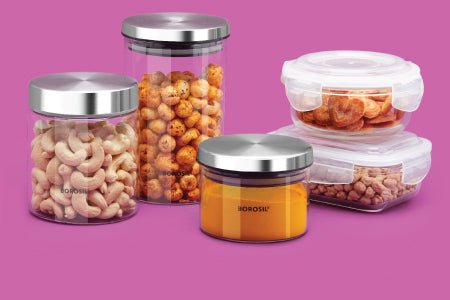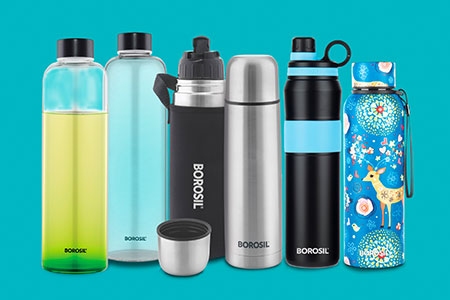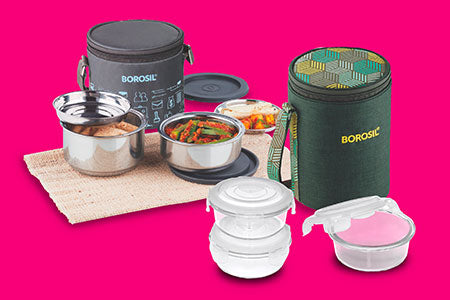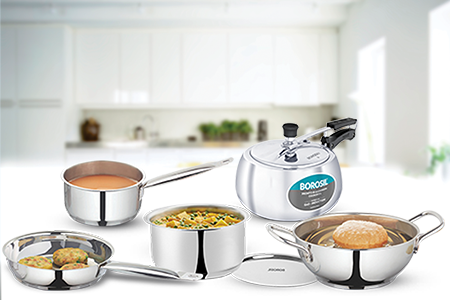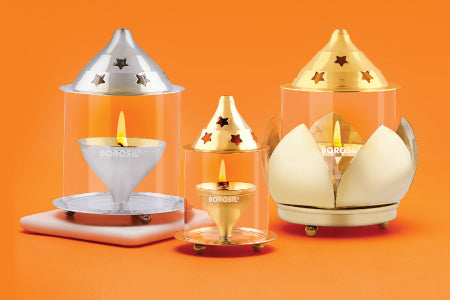
Learn About The Different Types Of Frying Techniques
Fry-Day Delights: Different Frying Techniques to Try at Home
Have you ever wondered why your favourite vegetable nuggets taste different every time you cook them? The answer is simple: method of frying. From crispy French fries to crunchy onions and potato fritters, there are different ways to fry each ingredient to turn them into a mouthwatering delicacy. Therefore, equipping yourself with different types of frying techniques can elevate your cooking experience while allowing you to experiment with distinct ingredients, flavours, and textures.
Whether you want a rich golden-brown coating or a delicate light colour, every frying technique has its own unique characteristics. In this blog, you will learn about various frying methods that millions of professional chefs and home cooks use to create delightful appetisers. So, read on and make a recipe that is irresistibly crunchy and flavourful.
Sizzle and Pop: 6 Different Types of Frying Explained
From kids to adults, everyone enjoys fried food. However, everyone has unique tastes and dietary preferences. But catering to these preferences is now effortless with various frying techniques that deliver delicious and diverse meals. Below are a few types of frying techniques that can elevate your cooking.
Deep Frying

The deep fry technique is one of the most common techniques used globally for cooking appetisers and sides. This method involves food being entirely immersed in hot oil in a kadhai, maintaining a temperature between 350°F and 375°F (175°C to 190°C). It is extremely beneficial to cook a variety of food, ranging from bread-based dishes to batter-coated vegetables, as it keeps the interior tender and moist while giving a golden-brown exterior. The hot oil preserves the natural flavours of the ingredients with no loss of nutritional value. In contrast, if the oil is not hot, the food can absorb too much oil, making it taste and look unappealing. Further, it is also important to use the right type of oil for deep frying to keep the quality of the dish intact.
Example: Cheese fritters and French fries get their crispy exterior and moist interior from deep frying techniques.
Shallow Frying

Also known as pan-frying, shallow frying is another very popular frying method of cooking in modern lifestyles. This method requires less oil as compared to traditional deep frying, making it a healthier option for food lovers. It also allows for precise control over the temperature and the cooking process. The layer of oil heats up quickly and evenly, confirming that the food is cooked properly without being greasy. In addition, this method is incredibly versatile and is appropriate for a wide range of ingredients such as fillets, nuggets, and vegetables. Shallow frying delivers a crispy texture to the food while preserving the natural flavours and appearance of ingredients.
Example: Shallow frying is an ideal technique to get a golden crust on a delicate cottage cheese fillet and a flavoursome crunch on vibrant sautéed vegetables.
Stir Frying

Chinese type of frying method, also called stir-frying, involves cooking ingredients in a small amount of oil over high heat. This technique is versatile and can cook various dishes with minimal effort. Its rapid cooking method ensures that the food is cooked evenly and quickly with no compromise on quality, making it ideal for individuals with busy schedules. As the cooking time is less, ingredients retain their nutritional value and natural flavours. Further, this process caramelises the sugars in vegetables and proteins, enriching the taste of the dishes while keeping the crisp texture.
Example: The stir fry technique is a healthy way to cook various vegetables and proteins using less oil.
Sauteing

Delivering a versatile and efficient cooking method, sauteeing involves cooking with a small amount of oil in a pan over medium to high heat. The high heat and consistent sauteeing of ingredients ensure rapid cooking, making it a perfect method for preparing meals in a short time. As this method involves short cooking time and direct heat, ingredients can retain their natural moisture, crunchiness, and tenderness without being overcooked. It is one of the most favoured types of frying techniques in both home kitchens and professional cooking environments.
Example: Sauteeing is a preferred technique for appetisers like sautéed mushrooms and sautéed vegetables.
Air Frying

Featuring a modern kind of frying technique, air frying employs hot air that is circulated around the food at high speed. This method requires little to no oil and is executed on a specialised air fryer appliance, promoting healthier eating habits. Using minimal to no oil, air frying crispy texture with less fat content makes it ideal for individuals on a diet. Further, air fryers are easy to use and clean, thereby simplifying the cooking process. It delivers texture and flavours similar to deep frying but with less oil.
Example: Sweet potato fries, cheese rolls, and crispy tofu are a few recipes that can be prepared in a few minutes using the air frying technique.
Wrapping Up
Learning the various types of frying techniques can enhance your cooking skills dramatically. Whether you opt for deep frying for crispy delights or prefer the healthier stir-fry method, understanding the characteristics of each type of frying in cooking opens up a lot of possibilities. From delicate paneer fillets to crunchy vegetable nuggets, each dish benefits uniquely from its frying technique. So, embrace these methods to enhance texture and taste while experimenting with diverse ingredients with precision. Incorporate these techniques into your cooking routine and transform everyday meals into extraordinary culinary delights.
FAQs
Can you reuse frying oil?
Yes, you can reuse frying oil; however, it is essential to strain and store it properly to maintain quality. Reusing oil for deep frying multiple times can affect flavour and nutritional value.
What is the best oil for deep frying?
Oils such as peanut oil, canola oil, and vegetable oil are most suitable for deep frying. They have high smoke points that prevent the food from breaking down at high temperatures.
How can I determine if the oil is at the right temperature for frying?
You can use a deep-frying thermometer to monitor the oil temperature accurately. Alternatively, test the oil temperature by dropping a small piece of bread or batter into the oil; if it sizzles and turns brown within seconds then the oil is hot enough.

